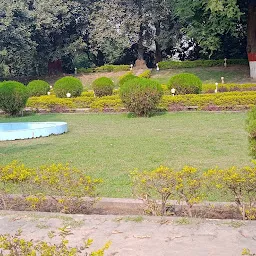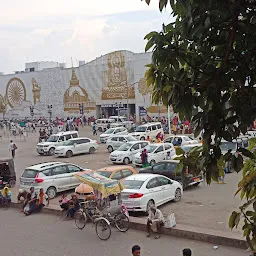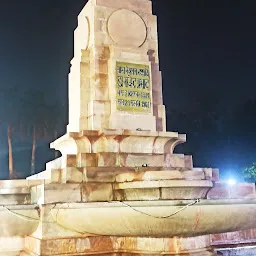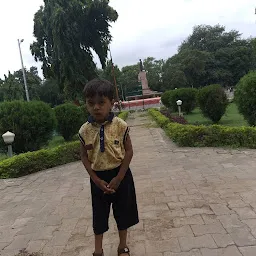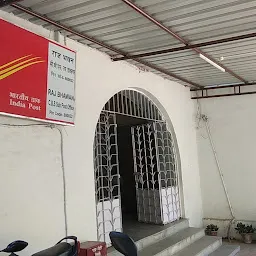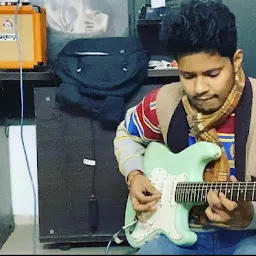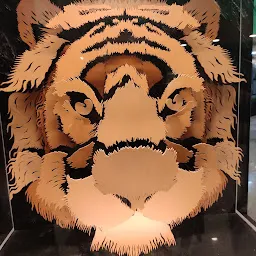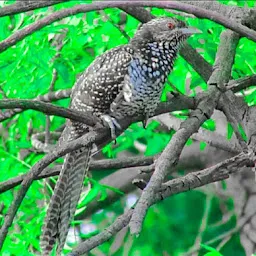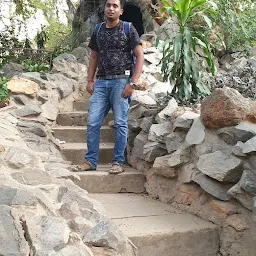Dr. Rajendra Prasad's Statue
J424+67R, Dr. Rajendra Prasad's Statue, Rajbansi Nagar, Patna, Bihar 800022, IndiaDr. Rajendra Prasad's Statue is a tourist attraction located in Patna, Bihar. The average rating of this place is 4.90 out of 5 stars based on 15 reviews. The street address of this place is J424+67R, Dr. Rajendra Prasad's Statue, Rajbansi Nagar, Patna, Bihar 800022, India. It is about 0.82 kilometers away from the Sachiwalaya railway station.
- Where is Dr. Rajendra Prasad's Statue located?
- Dr. Rajendra Prasad's Statue is located at J424+67R, Dr. Rajendra Prasad's Statue, Rajbansi Nagar, Patna, Bihar 800022, India.
- What is the nearest railway station from Dr. Rajendra Prasad's Statue?
- Sachiwalaya railway station is the nearest railway station to Dr. Rajendra Prasad's Statue. It is nearly 0.82 kilometers away from it.
Abhishek Kumar abhi 24 months ago
Rajendra Prasad (3 December 1884 – 28 February 1963) was an Indian independence activist, lawyer, scholar and subsequently, the first president of India, in office from 1950 to 1962.[1] He was an Indian political leader and lawyer by training. Prasad joined the Indian National Congress during the Indian Independence Movement and became a major leader from the region of Bihar. A supporter of Mahatma Gandhi, Prasad was imprisoned by British authorities during the Salt Satyagraha of 1931 and the Quit India movement of 1942. After the constituent assembly 1946 elections, Prasad served as Minister of Food and Agriculture in the central government. Upon independence in 1947, Prasad was elected as President of the Constituent Assembly of India, which prepared the Constitution of India and served as its provisional parliament.When India became a republic in 1950, Prasad was elected its first president by the Constituent Assembly. As president, Prasad established a tradition of non-partisanship and independence for the office-bearer, and retired from Congress party politics. Although a ceremonial head of state, Prasad encouraged the development of education in India and advised the Nehru government on several occasions. In 1957, Prasad was re-elected to the presidency, becoming the only president to serve two full terms.Prasad stayed in office for the longest term of around 12 years. Post the completion of his tenure, he quit the Congress and set up new guidelines for parliamentarians which are still followed. Prasad played a major role in forming the Bihari Students Conference in 1906 and served as the president of the Constituent Assembly that drafted the Constitution of India.Rajendra Prasad was born in a Kayastha family in Ziradei, in the Siwan district of Bihar.His father, Mahadev Sahai Srivastava, was a scholar of both Sanskrit and Persian languages. His mother, Kamleshwari Devi, was a devout woman who would tell stories from the Ramayana and Mahabharata to her son. He was the youngest child and had one elder brother and three elder sisters. His mother died when he was a child and his elder sister then took care of him.After the completion of traditional elementary education, he was sent to the Chapra District School. Meanwhile, in June 1896, at the early age of 12, he was married to Rajavanshi Devi. He, along with his elder brother, Mahendra Prasad, then went to study at T.K. Ghosh's Academy in Patna for a period of two years. He secured first in the entrance examination to the University of Calcutta and was awarded Rs. 30 per month as a scholarship.Prasad joined the Presidency College, Calcutta in 1902, initially as a science student. He passed the F. A. under the University of Calcutta in March 1904 and then graduated with a first division from there in March 1905.Impressed by his intellect, an examiner once commented on his answer sheet that the "examinee is better than examiner".Later he decided to focus on the study of arts and did his M.A. in Economics with a first division from the University of Calcutta in December 1907. There he lived with his brother in the Eden Hindu Hostel. A devoted student as well as a public activist, he was an active member of The Dawn Society.
Ravi Kumar 24 months ago
Beautiful place, amazing rajendra prasad statute ????????????
Vivek Kumar 36 months ago
Awsm point
Love to cross that View Point.
- Address
- J424+67R, Dr. Rajendra Prasad's Statue, Rajbansi Nagar, Patna, Bihar 800022, India
